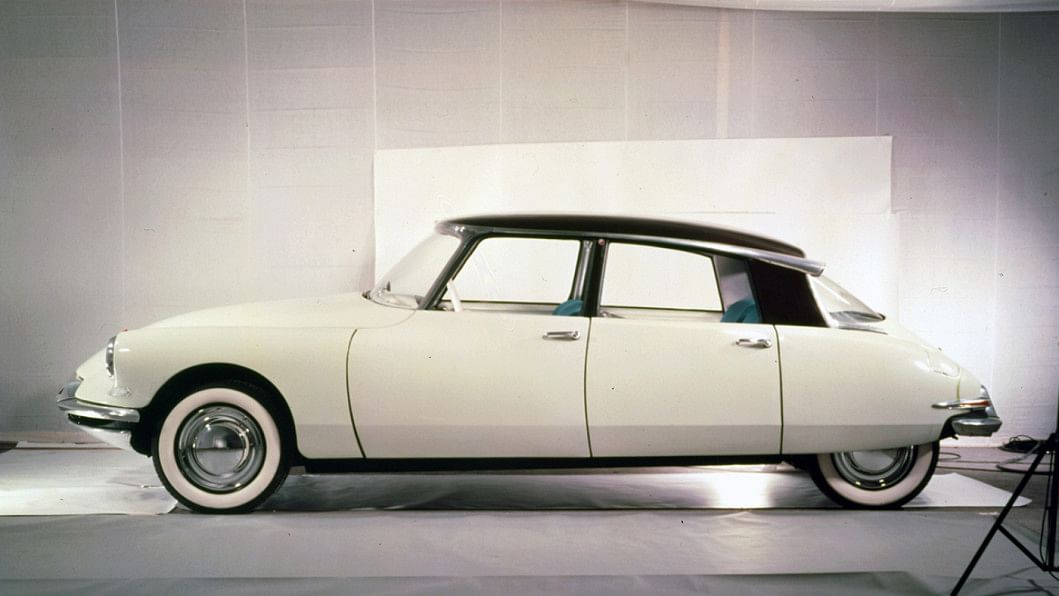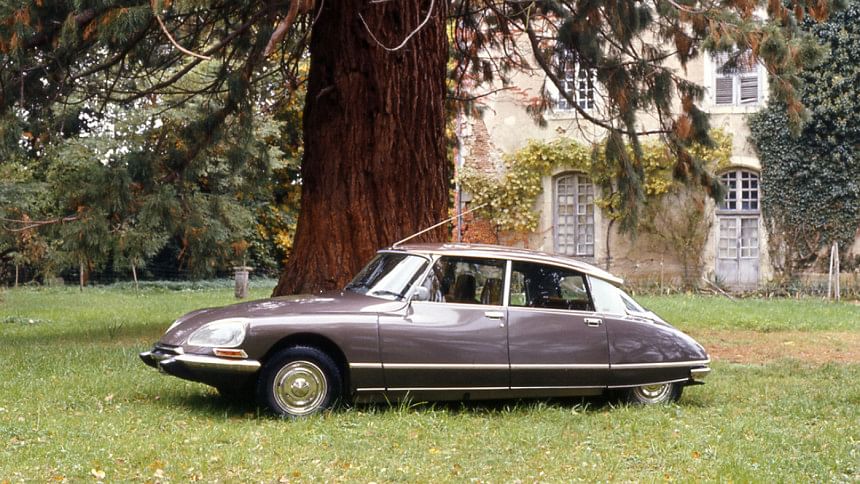Celebrating 60 years of the Citroën DS

Every year marks some kind of celebratory event or anniversary in the automotive world. However, one major automotive anniversary in 2015 -- the 60th birthday of the original Citroën DS -- truly is an event worth celebrating and a milestone that Citroën will be pulling out all of the stops to honor in May with DS Week, a special seven-day celebration of the car in the French capital starting on May 19.
Highlights will include a special free DS exhibition in the Jardin des Tuileries on May 23 and 24, plus a 600-strong procession of Citroën DS cars from around the world along the Champs-Élysées.
DS Week is just one of many events planned this year in honour of the car the French call the Goddess. But that's understandable because, in the words of motoring journalist and "Top Gear" co-host James May, the DS is "easily the greatest car in the world. The DS changed everything. It was a true revolution in motoring."
From the Ford Model T onwards, the history of the automobile is packed with benchmark vehicles that innovated in a single area to such an extent that it become the norm.
But in 1955, when the DS debuted, it boasted so many ground-breaking features that to this day, pretty much all current cars have some of its DNA.
The first production car with disc brakes and all-around independent 'air spring' hydraulic suspension for the smoothest ride, it also saved French President De Gaulle's life in 1962 when his DS was hit by a hail of bullets. Two tires were shot out but thanks to this suspension system, it drove away, at speed, with just two wheels in contact with the road.
What's more, the DS was the first car with crumple zones and a collapsible steering wheel and an engine designed to roll under the body for protection in an accident. It can also claim to be the first car with a plastic dashboard and with aluminum and plastic body panels. And when it got its only real refresh in 1967, swiveling front headlamps that turned in time with the steering wheel to illuminate the road around the bend were added.

But it was the way that it combined these internal innovations with such a wonderfully striking and now timeless exterior that has guaranteed the DS's place in the history books as one of the most important cars of the last century.
A true clean-sheet design from Italian sculptor Flaminio Bertoni and French aeronautical engineer André Lefèbvre, the DS tried to get as close to nature's most aerodynamic shape -- the teardrop. That's why the car tapers at the rear.
A huge visual attempt to forget the austerity that had followed in the wake of WWII, the DS also gave the French back their identity -- unusual, individual, refined, intelligent.
Within 15 minutes of its Paris motor show reveal, Citroen had taken 743 deposits and by the end of the first day, it had clocked up 12,000 orders. When production ceased in 1975, Citroen had sold 1.4 million examples.

 For all latest news, follow The Daily Star's Google News channel.
For all latest news, follow The Daily Star's Google News channel. 



Comments